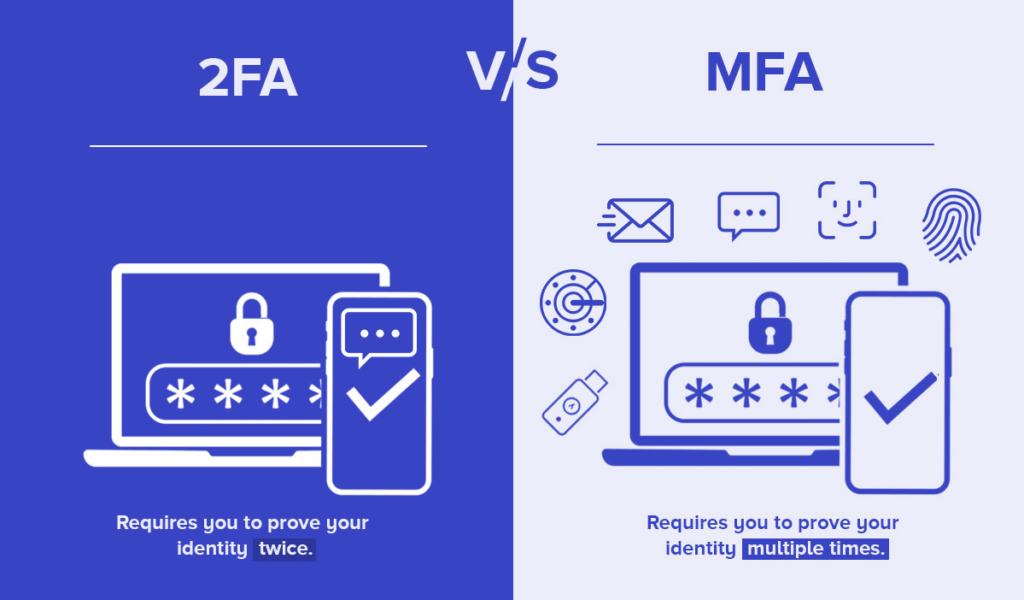
In today’s digital age, security concerns have become a central focus for both individuals and businesses. With the rise in cyber threats, protecting personal and sensitive information online is a crucial priority. TRWHO.com, a platform designed to provide detailed information about domain names and their owners, is no exception to this growing need for robust security measures. In this article, we will delve into the security aspects of TRWHO.com and why it’s important for users to be aware of potential vulnerabilities.
What is TRWHO.com and Why Does Security Matter?
TRWHO.com is a website that provides WHOIS information for domain names. WHOIS is a protocol used to query databases that store registered users or assignees of a domain name, or an IP address block. These databases can reveal information such as the domain owner’s name, contact details, and the domain’s registration status.
However, while the service is incredibly useful for those seeking domain registration details, it’s also a potential target for cybercriminals. Security on TRWHO.com ensures that the information shared on the platform is protected, and that the privacy of users is maintained at all costs. Without proper security protocols, sensitive data could be compromised, leading to phishing attempts, identity theft, and other malicious activities.
The Importance of Securing WHOIS Information
WHOIS data is often publicly accessible and contains a wealth of personal details about domain owners. This is why the security of such data is crucial. Cybercriminals can use WHOIS information to launch attacks, such as:

- Phishing Attacks: By accessing personal contact information, attackers can create deceptive emails that appear legitimate, luring victims into providing sensitive information.
- Domain Hijacking: In cases where domain registration details are compromised, cybercriminals can attempt to gain control of a domain name, causing financial and reputational damage.
- Spamming: Public WHOIS data can be harvested by spammers to send unsolicited emails, increasing the risk of receiving spam and even malware.
Given these threats, platforms like TRWHO.com must implement strong security measures to protect users and prevent malicious actors from exploiting publicly available data.
Security Measures in Place at TRWHO.com
TRWHO.com has implemented several security protocols to ensure the safety of users’ data. Let’s take a closer look at the primary security measures employed by the platform.
Data Encryption
One of the most essential steps in protecting online data is encryption. TRWHO.com uses advanced encryption technologies to ensure that all user interactions with the website are secure. This includes encrypting sensitive data, such as personal contact details, and ensuring that it cannot be intercepted by unauthorized third parties.
Two-Factor Authentication (2FA)
To add an extra layer of security to user accounts, TRWHO.com employs two-factor authentication (2FA). This means that users must provide two forms of identification before accessing their accounts—something they know (a password) and something they have (such as a code sent to their mobile device). This significantly reduces the chances of unauthorized access, even if a hacker manages to steal a user’s login credentials.

WHOIS Data Protection
TRWHO.com recognizes the importance of protecting WHOIS data from unauthorized access. As part of their security efforts, they offer a WHOIS data privacy service. This service allows domain owners to keep their personal contact information private, replacing it with generic details in the public WHOIS database. This feature is particularly valuable for individuals who wish to maintain their privacy and reduce the chances of falling victim to malicious activities.
Regular Security Audits
Another key security measure at TRWHO.com is the regular auditing of their systems. These audits help identify potential vulnerabilities in the platform’s infrastructure and ensure that any weaknesses are promptly addressed. Regular security audits also ensure that the platform adheres to industry best practices for data protection and security.
Secure Data Storage
TRWHO.com stores all user data in secure servers that are equipped with the latest security protocols. These servers are regularly monitored and updated to prevent unauthorized access and data breaches. Additionally, TRWHO.com follows stringent data retention policies to ensure that user information is only stored for as long as necessary.
Common Security Risks Associated with WHOIS Databases
While TRWHO.com takes extensive measures to protect user data, the very nature of WHOIS databases can still expose users to certain risks. Let’s explore some of the most common security risks associated with WHOIS data.
1. Data Breaches
Despite advanced security measures, data breaches can still occur. In some cases, cybercriminals may gain unauthorized access to WHOIS data, leading to the exposure of sensitive user information. Once this data is compromised, attackers can use it to carry out phishing attacks, identity theft, or even domain hijacking.
2. Social Engineering Attacks
Social engineering attacks involve manipulating individuals into divulging confidential information. With access to public WHOIS data, attackers can launch targeted attacks by impersonating legitimate organizations and tricking domain owners into revealing their credentials or other sensitive details.
3. Abuse of WHOIS Data for Spam
Cybercriminals often use WHOIS data to create spam campaigns, sending unsolicited emails that may contain malware or phishing links. This can lead to a significant increase in spam and can damage the reputation of the domain owner if the spam is associated with their website.
4. Identity Theft
Personal information, such as email addresses, phone numbers, and home addresses, that is exposed through WHOIS can be used by criminals to steal an individual’s identity. This can lead to serious financial and personal consequences for the victim.
How to Protect Your WHOIS Data
While TRWHO.com offers various security features, domain owners also need to take proactive steps to protect their WHOIS data. Below are several best practices that can help mitigate the risks associated with exposing WHOIS information.
1. Use WHOIS Privacy Protection
As mentioned earlier, WHOIS privacy protection services replace personal contact details with generic information. This reduces the chances of your personal information being exposed to the public. Make sure to enable WHOIS privacy protection when registering a domain name.
2. Opt for Strong Passwords
Ensure that your account on TRWHO.com is protected by a strong, unique password. Avoid using easily guessable passwords, and consider using a password manager to securely store and generate passwords.
3. Monitor Your Domain Regularly
Regularly check your domain’s WHOIS information to ensure that all details are accurate and up-to-date. Monitoring your domain will help you spot any unusual activity, such as unauthorized changes to your registration details.
4. Enable Two-Factor Authentication
By enabling two-factor authentication, you add an additional layer of protection to your account. This makes it much harder for attackers to gain access to your account, even if they obtain your password.
5. Be Wary of Phishing Attempts
Always be cautious when receiving emails or phone calls that ask for sensitive information. If an email or phone call claims to be from TRWHO.com or another domain-related service, verify its authenticity before responding.
Conclusion: The Importance of Robust Security at TRWHO.com
As the demand for domain-related information grows, platforms like TRWHO.com play a critical role in the digital ecosystem. However, with the growing threat of cyberattacks, ensuring the security of WHOIS data is more important than ever. TRWHO.com has taken significant steps to protect its users, from data encryption to two-factor authentication and privacy protection services.
However, the responsibility of securing WHOIS information does not rest solely with the platform. Domain owners must also take proactive measures to safeguard their personal information. By using WHOIS privacy protection, opting for strong passwords, and remaining vigilant against phishing attacks, users can minimize the risks associated with exposing their data online.
Frequently Asked Questions
1. What is WHOIS data?
WHOIS data is information about the owner of a domain name, including details such as the owner’s name, contact information, and the domain’s registration status.
2. How does TRWHO.com protect my data?
TRWHO.com uses encryption, two-factor authentication, WHOIS privacy protection, and regular security audits to protect user data and ensure secure interactions.
3. Can I hide my personal information on TRWHO.com?
Yes, TRWHO.com offers WHOIS privacy protection services that allow you to hide your personal information from the public WHOIS database.
By following these steps and remaining cautious, you can ensure that your online presence remains secure.
Also Read This: The Life and Legacy of Jermaine Orenthro Dowdy






